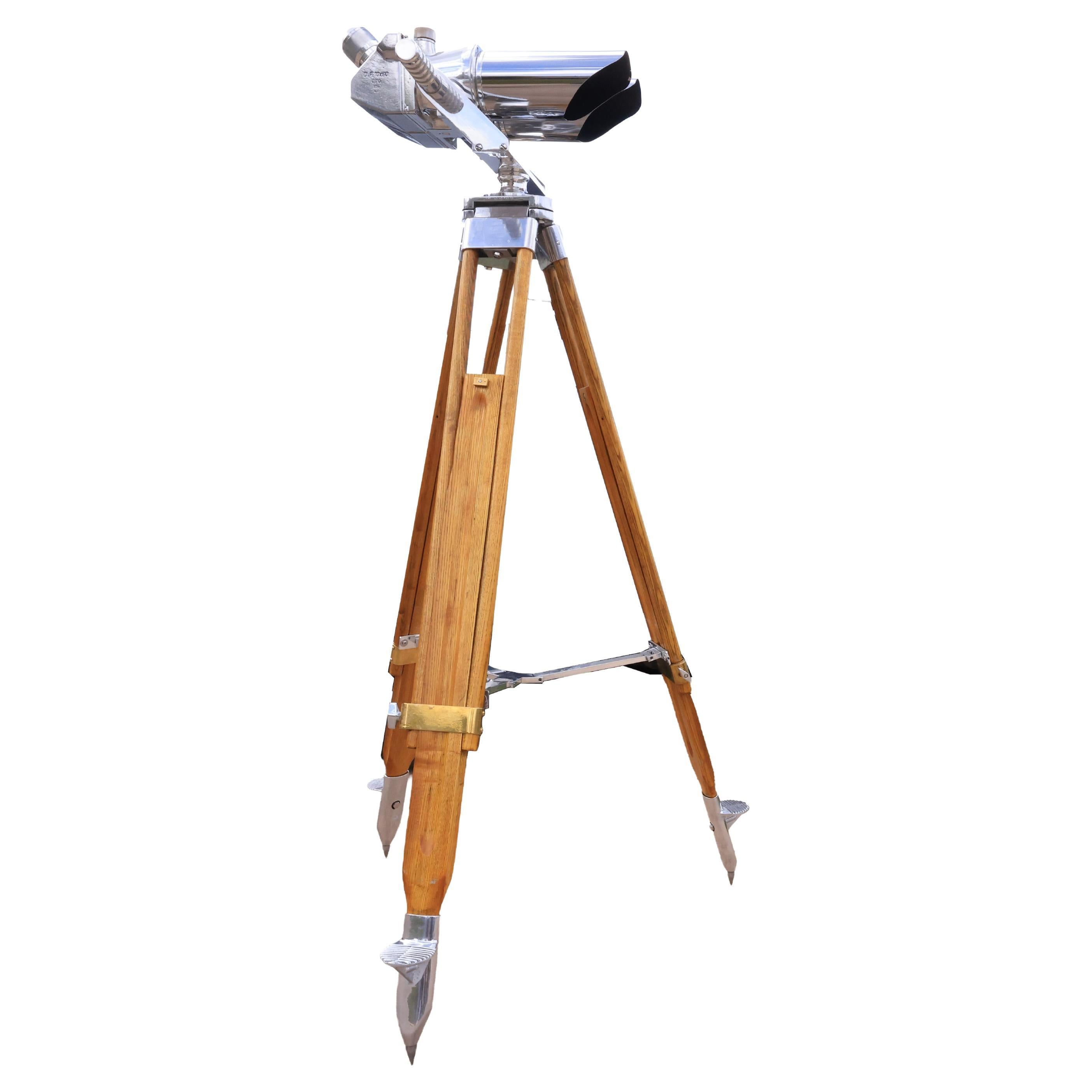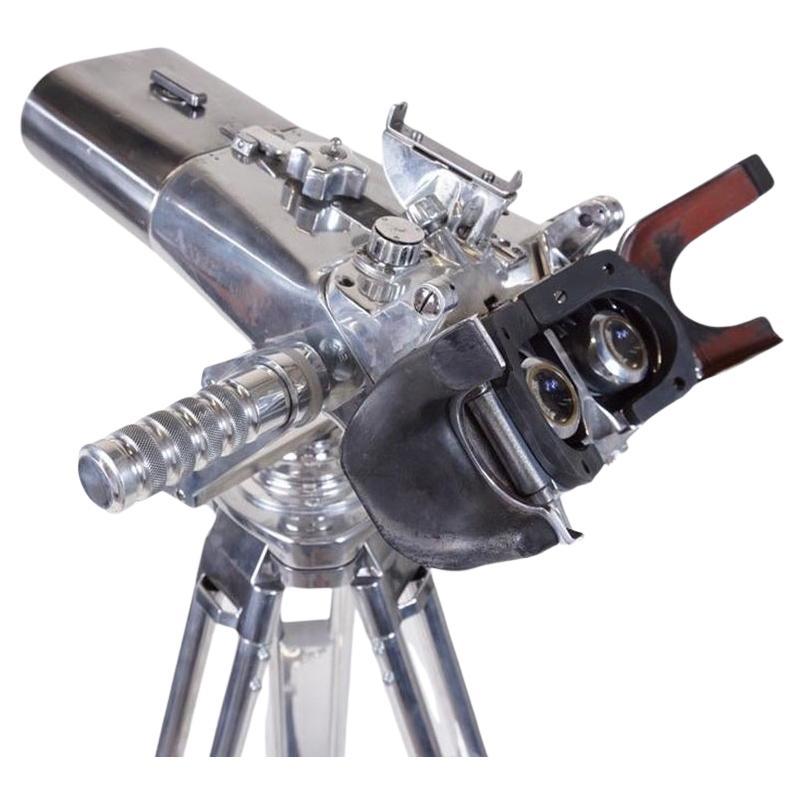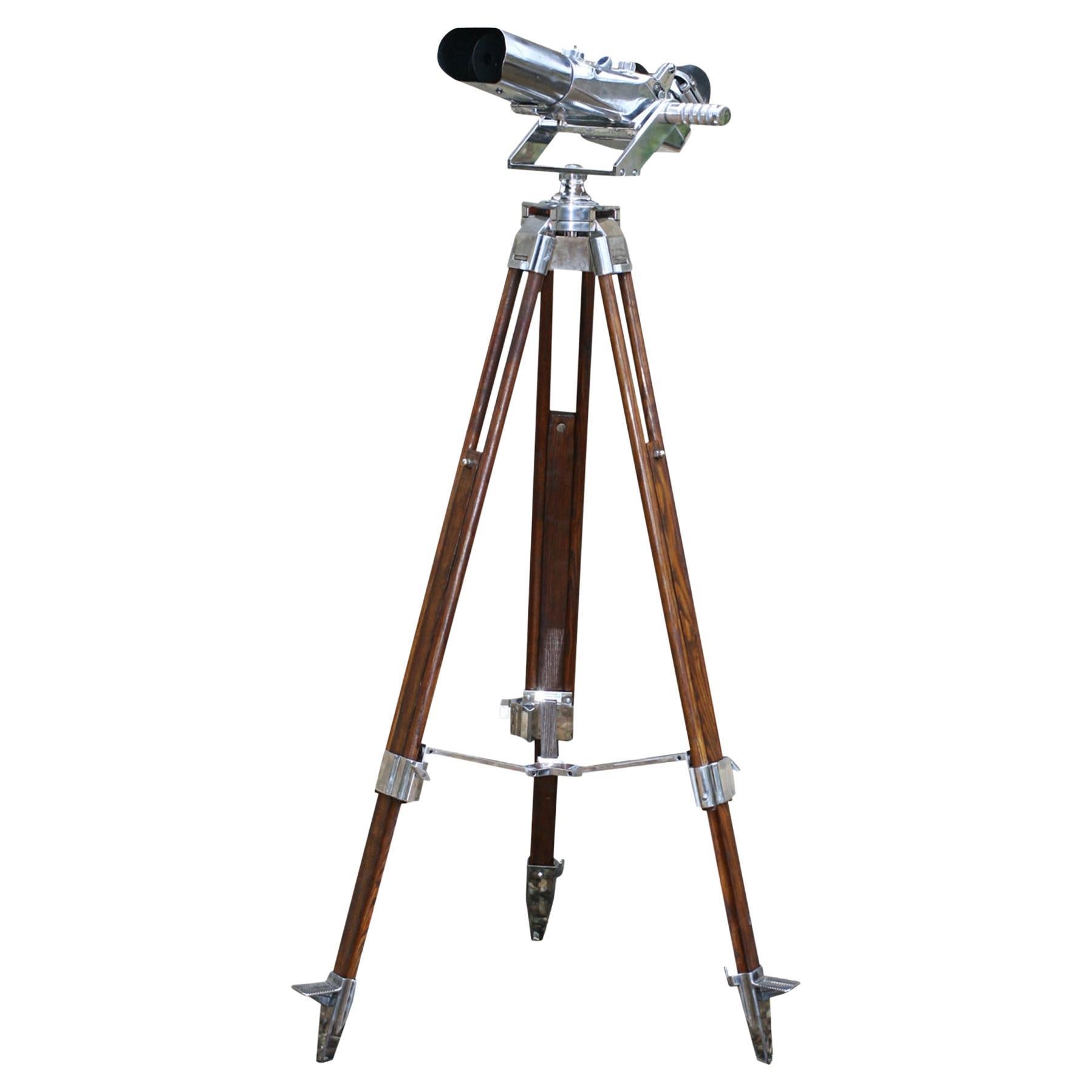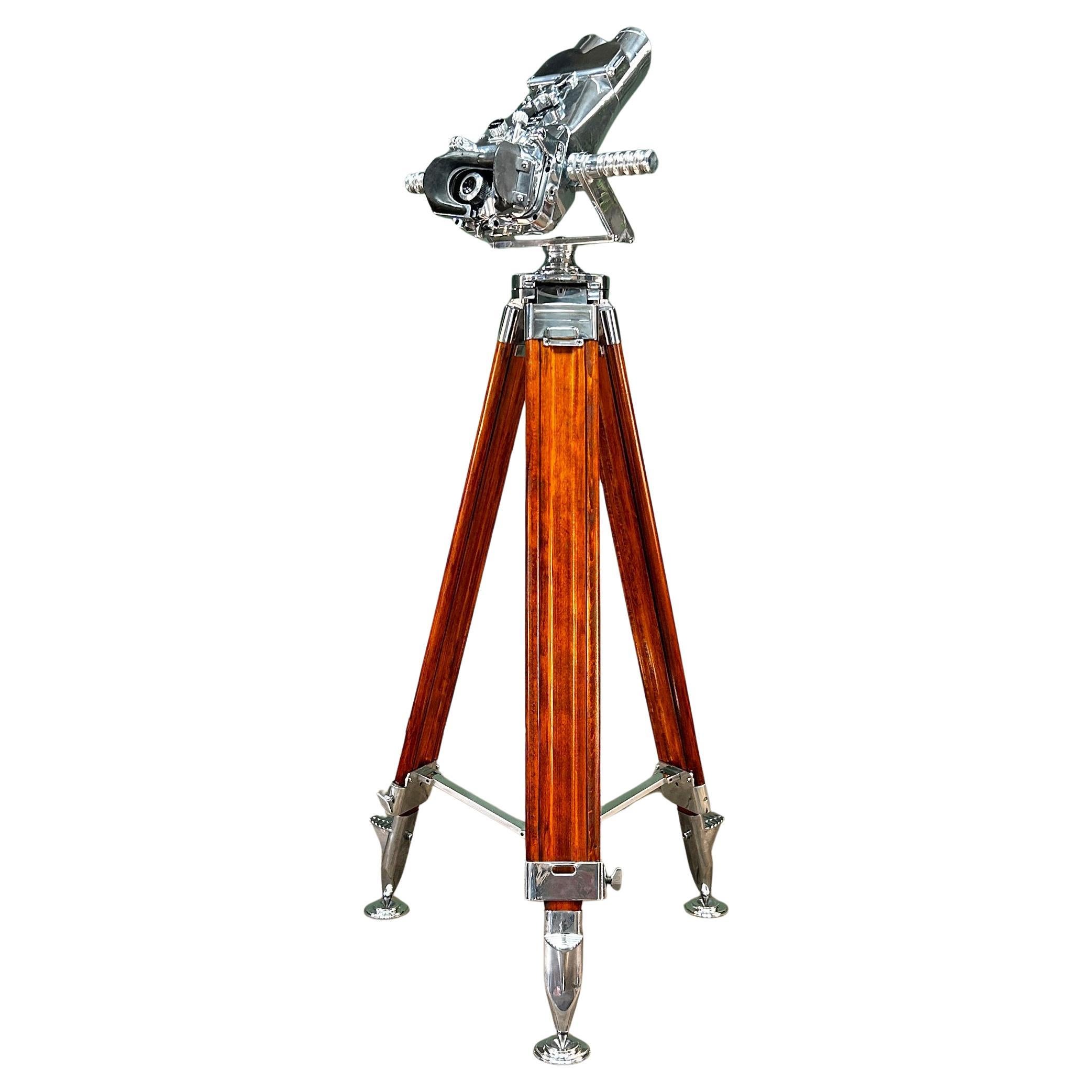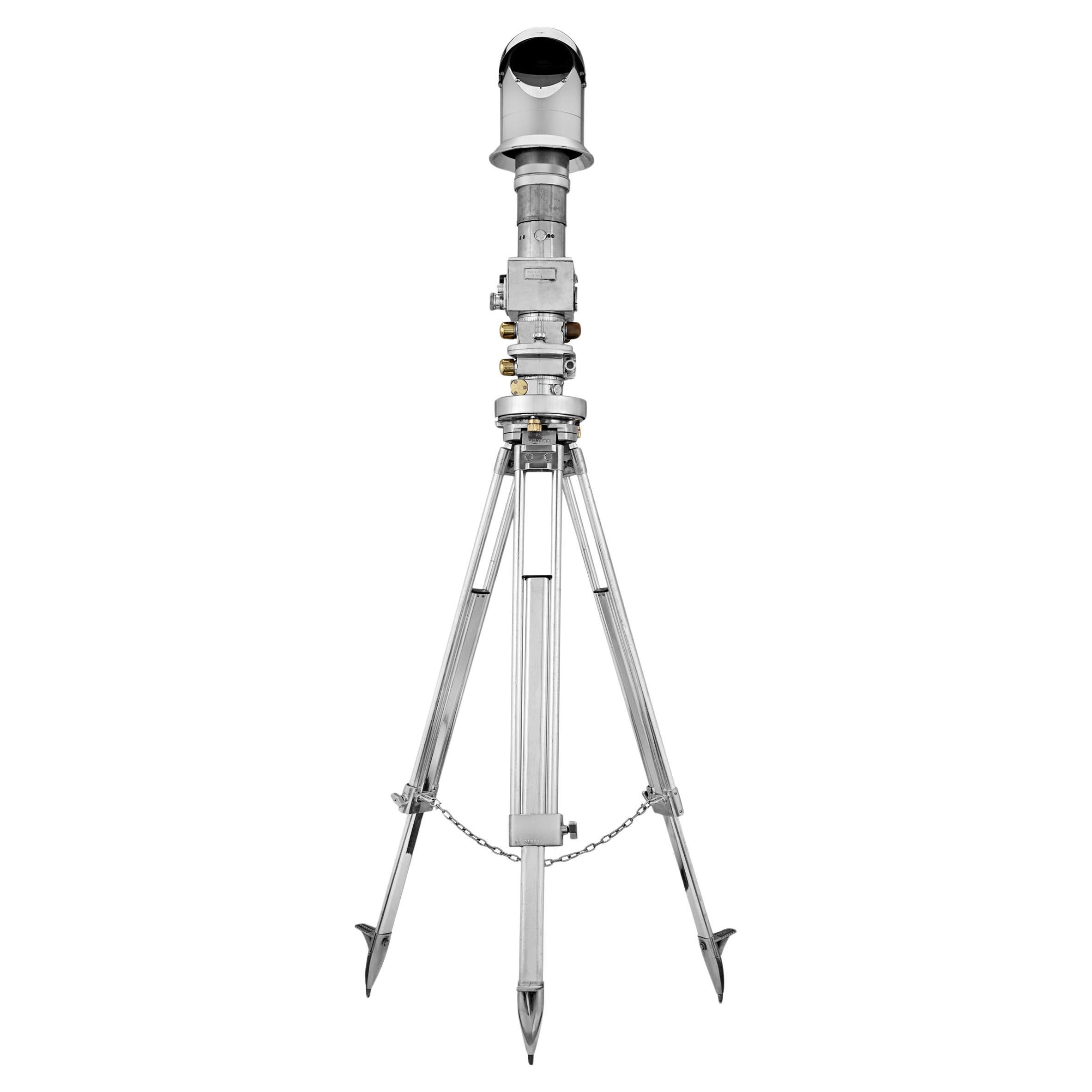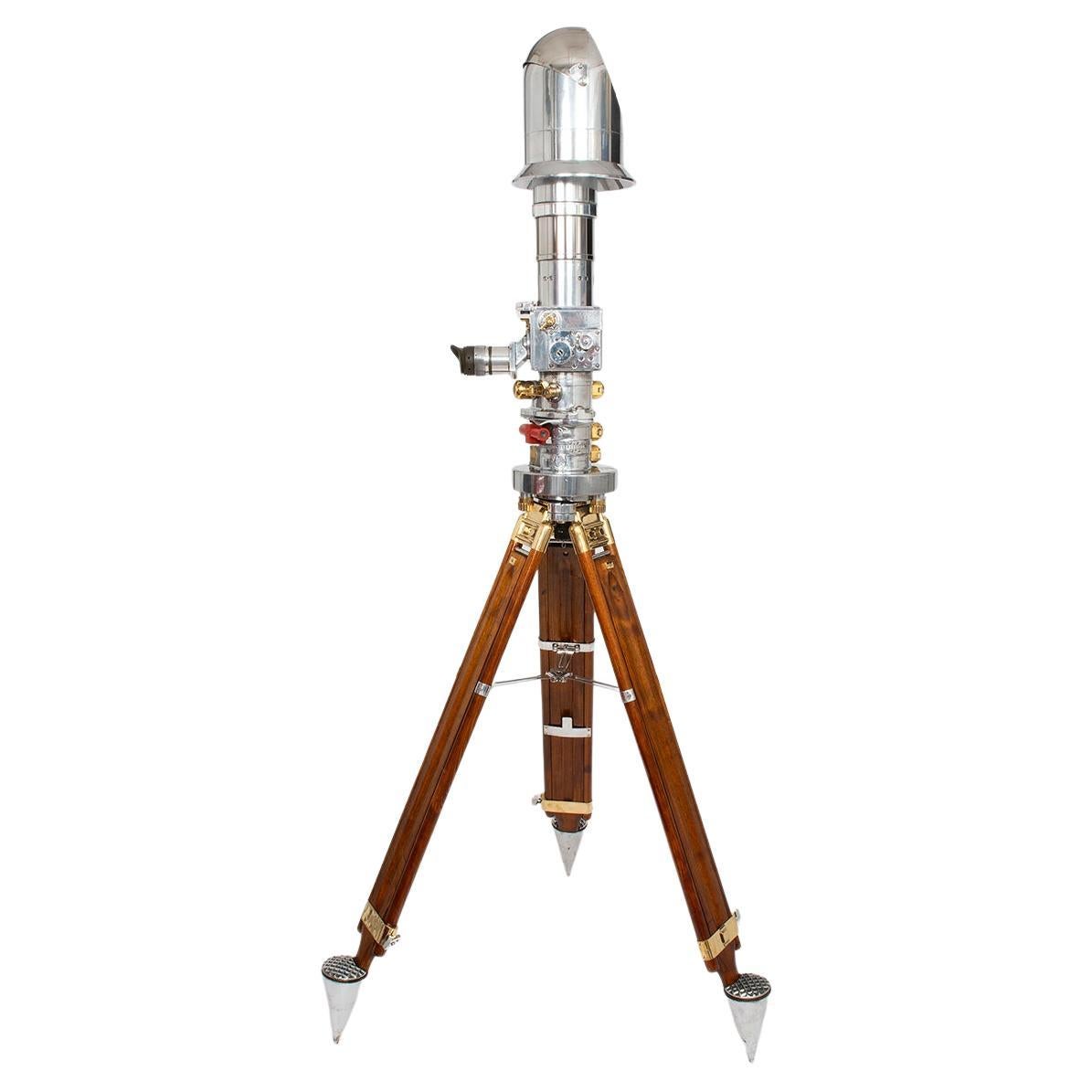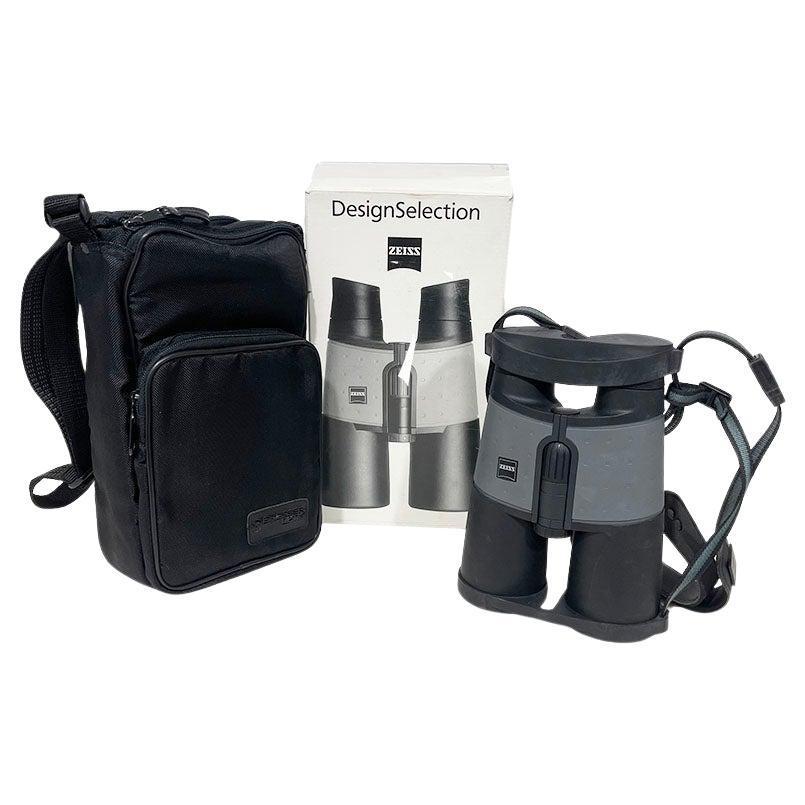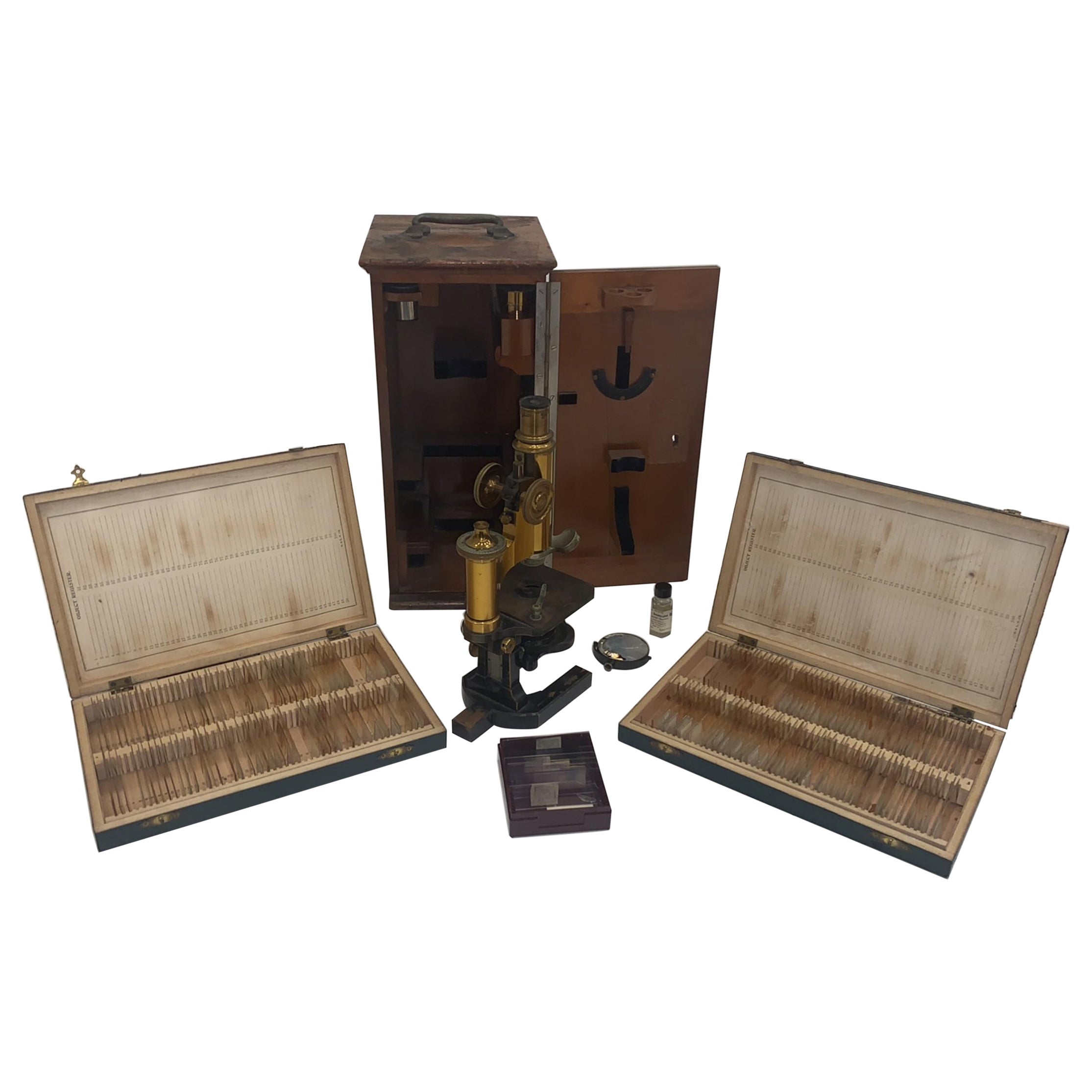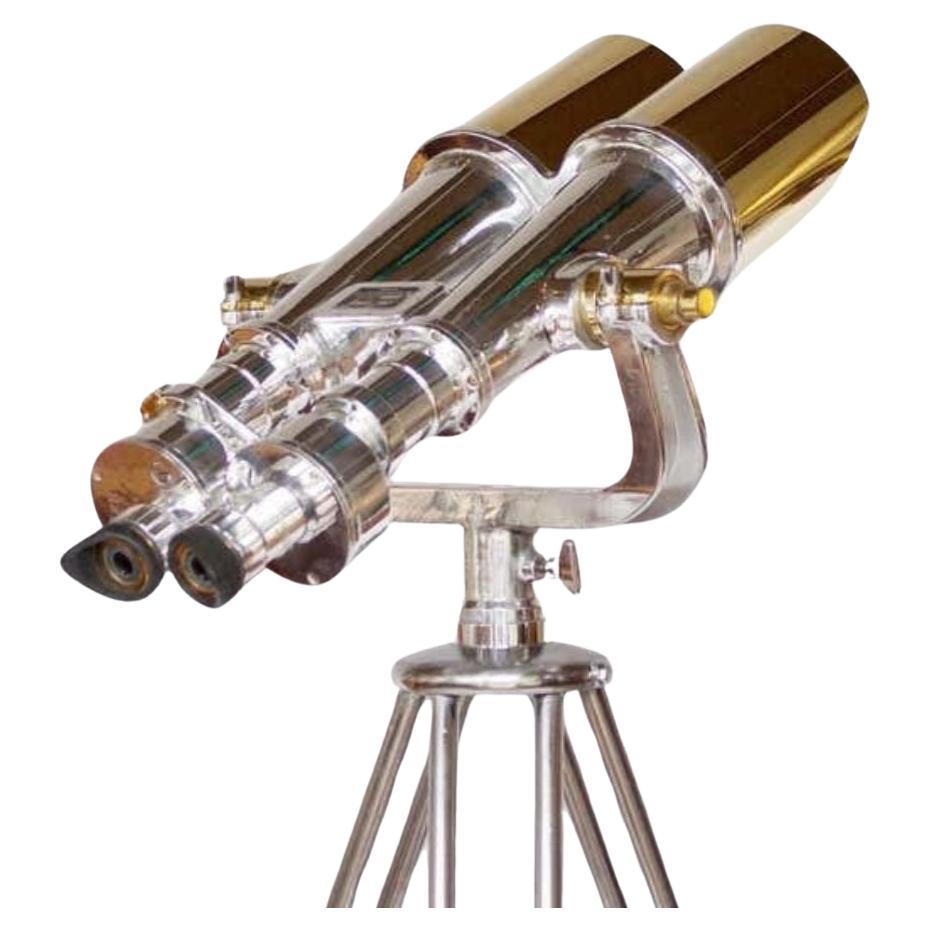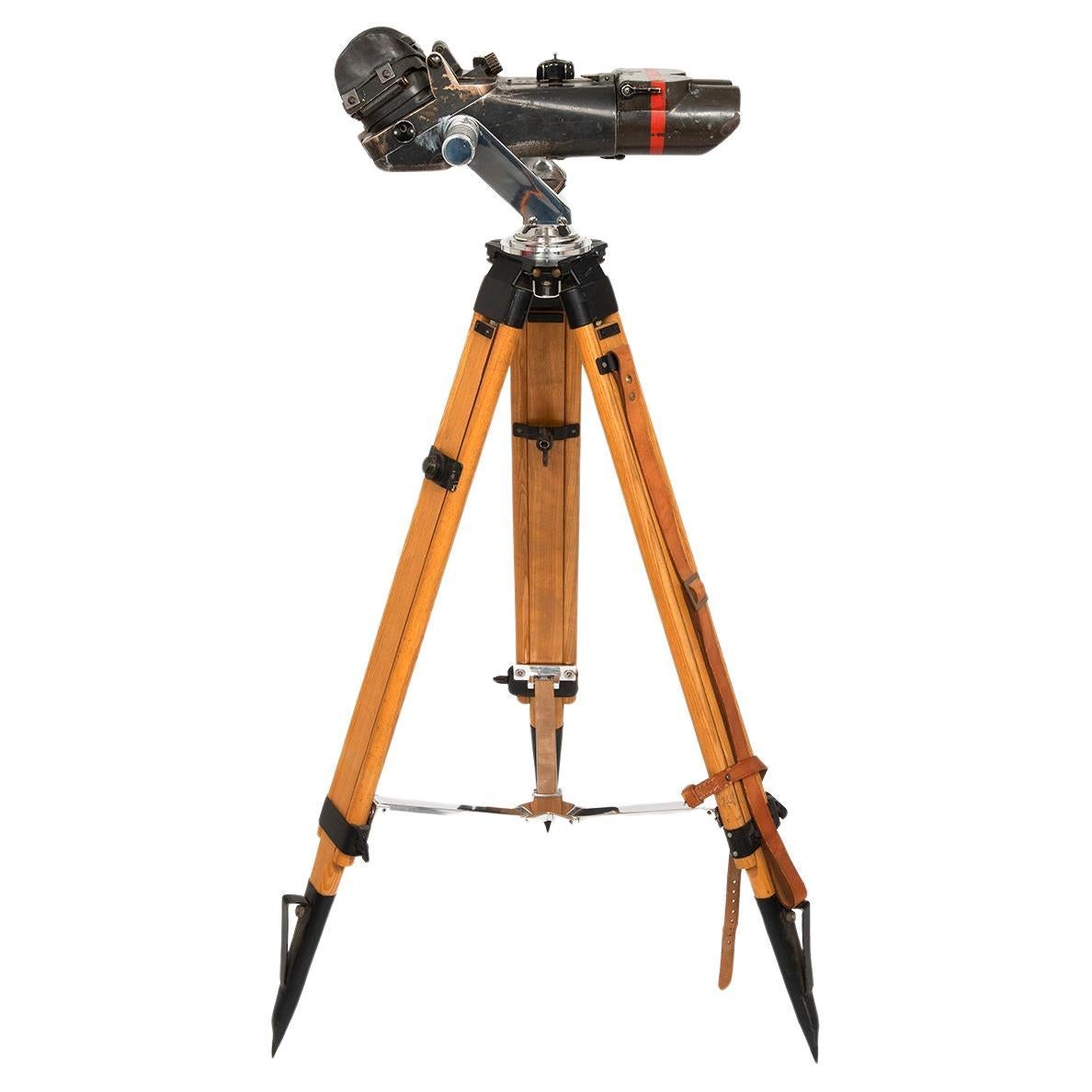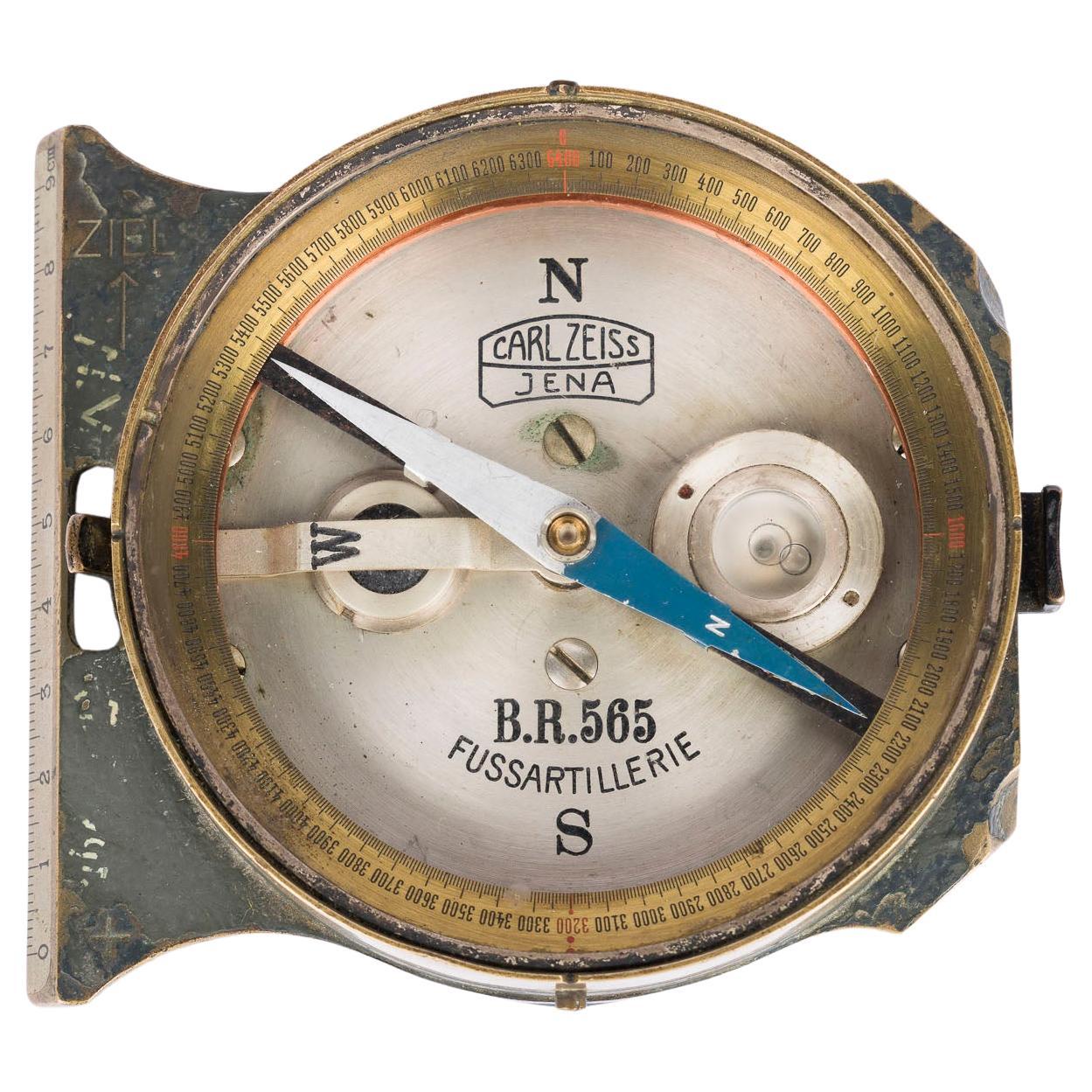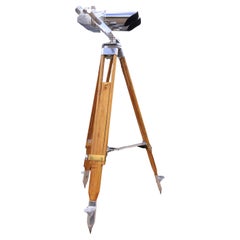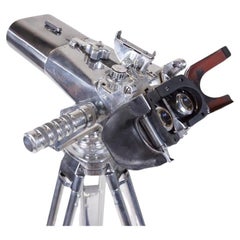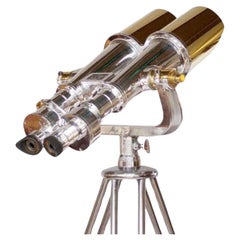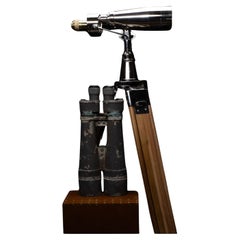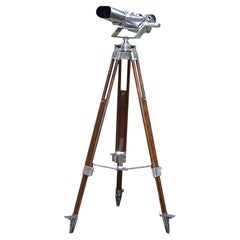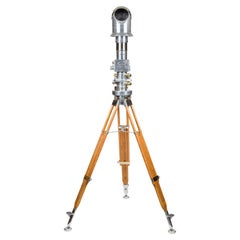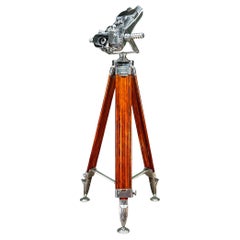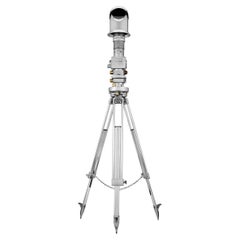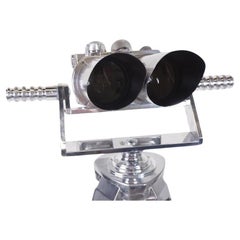
WWII Carl Zeiss Binoculars
View Similar Items
Video Loading
Want more images or videos?
Request additional images or videos from the seller
1 of 9
WWII Carl Zeiss Binoculars
Price:$29,000
About the Item
- Creator:Carl Zeiss (Maker)
- Dimensions:Height: 58.5 in (148.59 cm)Width: 12.88 in (32.72 cm)Depth: 14.5 in (36.83 cm)
- Style:Late Victorian (Of the Period)
- Materials and Techniques:
- Place of Origin:
- Period:
- Date of Manufacture:1930
- Condition:Repaired: Silver Polished Binoculars with A1 optics.
- Seller Location:Aspen, CO
- Reference Number:1stDibs: LU9454237335322
About the Seller
5.0
Vetted Professional Seller
Every seller passes strict standards for authenticity and reliability
1stDibs seller since 2023
Typical response time: 1 hour
Authenticity Guarantee
In the unlikely event there’s an issue with an item’s authenticity, contact us within 1 year for a full refund. DetailsMoney-Back Guarantee
If your item is not as described, is damaged in transit, or does not arrive, contact us within 7 days for a full refund. Details24-Hour Cancellation
You have a 24-hour grace period in which to reconsider your purchase, with no questions asked.Vetted Professional Sellers
Our world-class sellers must adhere to strict standards for service and quality, maintaining the integrity of our listings.Price-Match Guarantee
If you find that a seller listed the same item for a lower price elsewhere, we’ll match it.Trusted Global Delivery
Our best-in-class carrier network provides specialized shipping options worldwide, including custom delivery.More From This Seller
View AllWWII Carl Zeiss Kriegsmarine binoculars
By Carl Zeiss
Located in Aspen, CO
This is an exceptional 20th century WWII German 12x60 Kriegsmarine binocular, presented on an adjustable wooden or chrome Tripod. The binoculars were manufactured by the company Carl...
Category
Vintage 1940s Historical Memorabilia
Materials
Aluminum
WWII Carl Zeiss Anti-Aircraft Kriegsmarine binoculars
By Carl Zeiss
Located in Aspen, CO
This is an exceptional 20th century WWII German 12x60 Kriegsmarine binocular, presented on an adjustable wooden or chrome Tripod. The binoculars were manufactured by the company Carl...
Category
Vintage 1940s German Other Aviation Objects
Materials
Aluminum
Nikon WWII Naval destroyer Binoculars.
By Nikon
Located in Aspen, CO
One pair of WWII Naval Binoculars with a magnification of 20 x 120. Mounted on a period tripod, these exceptional binoculars display entirely original optics in a distinctly Japanese...
Category
Vintage 1930s Japanese Other Aviation Objects
Materials
Aluminum
1940's WW2 Binoculars.
By Nikon
Located in Aspen, CO
Nikon marine binoculars mounted on a wooden period tripod, these exceptional binoculars display entirely Original optics in a distinctly Japanese straight-body instrument with 15mm x magnification with 80 mm objective naval lens that have been originally restored in a time-consuming process to reveal a crystal clear Image.A one of a kind pair of Nikon binoculars...
Category
Vintage 1940s Japanese Scientific Instruments
Materials
Aluminum, Silver
$15,000
BMT 110 mm Binoculars
By Kazan
Located in Aspen, CO
BMT-110 Soviet Marine Binocular Telescope – 20x110mm Cold War Era Optics, Circa 1950s
Step into the history of Cold War surveillance and maritime observation with this rare Soviet B...
Category
20th Century European Scientific Instruments
Materials
Steel
$35,000
Fuji Meibo 15 x 80 Marine Binoculars
By Fuji Meibo
Located in Aspen, CO
Fuji Meibo 15 x 80 marine binoculars on an Original Wild GST20 Heerbrug tripod .15 x magnification with 80 mm objective lens. Stamped Fuji Meibo and Serial numbered 2564. These optic...
Category
Vintage 1940s Japanese Other Aviation Objects
Materials
Aluminum
You May Also Like
Pair Of WWII Carl Zeiss Binoculars, 12 x 60
By Carl Zeiss
Located in Oxfordshire, GB
Carl Zeiss 12 x 60 Binoculars.
A pair of rare Second World War Carl Zeiss 12 x 60 German ex military binocular director telescope for a 4 m rangefinder. These observation binoculars ...
Category
20th Century German Historical Memorabilia
Materials
Metal
Carl Zeiss cold war era 10 x 50 periscope binoculars
By Carl Zeiss
Located in London, GB
A cold war era Carl Zeiss Oberkochen 10 x 50 periscope binoculars, German, circa 1965.
Specifications: 10 times magnification, coated optics, objective diameter 50 mm, grey filter and drop down grid.
Original transport case. (included protective feet pads and rubber eye guards).
Dimensions of the case: 29 x 18 1/2 x 11 inches. (73 x 47 x 28 cm).
Mounted on an adjustable height tripod. Height of periscope in photographs: 77 inches.
This model of Zeiss periscope...
Category
Mid-20th Century German Industrial Scientific Instruments
Materials
Aluminum, Brass, Steel
1940's WW2 Carl Zeiss BLC Flak 12x60 Anti Aircraft Binoculars
By Carl Zeiss
Located in Leicester, Leicestershire
Carl Zeiss blc Flak 12 x 60 binoculars.
A beautiful set of WW2 binoculars in excellent condition made in Germany during World War 2. These were designed to be used in conjunction wi...
Category
Vintage 1940s German Industrial Historical Memorabilia
Materials
Aluminum
Carl Zeiss Cold War Binocular Periscope
By Carl Zeiss
Located in New Orleans, LA
Binocular Periscope
Carl Zeiss
Circa 1965
This exceptional binocular periscope, crafted by the renowned Carl Zeiss optical works, represents the pinnacle of mid-20th century German ...
Category
20th Century German Historical Memorabilia
Materials
Metal
German Karl Zeiss Periscope Binoculars, 10 x 50, Deep Magnification, Cold War..
By Carl Zeiss
Located in Canterbury, England
German cold war era periscope binoculars, 10x 50: These Carl Zeiss binoculars offer a deep magnification of 10x with optics of 50mm, providing detailed observation across a wide angl...
Category
Vintage 1960s Historical Memorabilia
Materials
Wood
Carl Zeiss binocular Design Collection 8x56B T*P* Black Forest
By Carl Zeiss
Located in Delft, NL
Carl Zeiss binocular Design Collection 8x56B T*P* Black Forest, Germany
Zeiss 8x56B T*P* Black Forest Edition binocular, model number 525661
Made of shock-absorbing, non-slip and ru...
Category
21st Century and Contemporary German Scientific Instruments
Materials
Rubber
